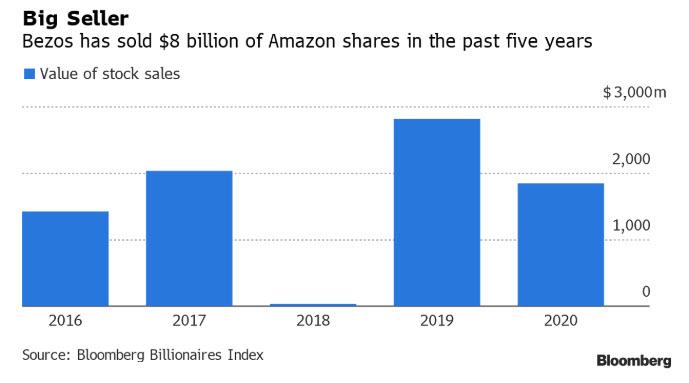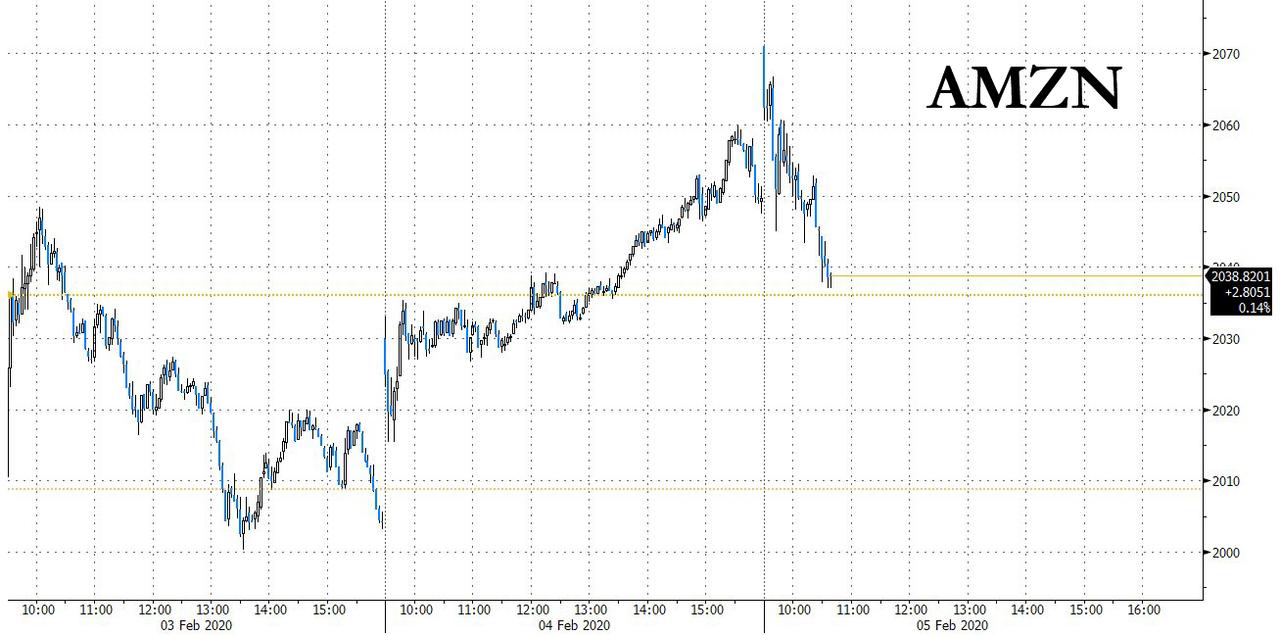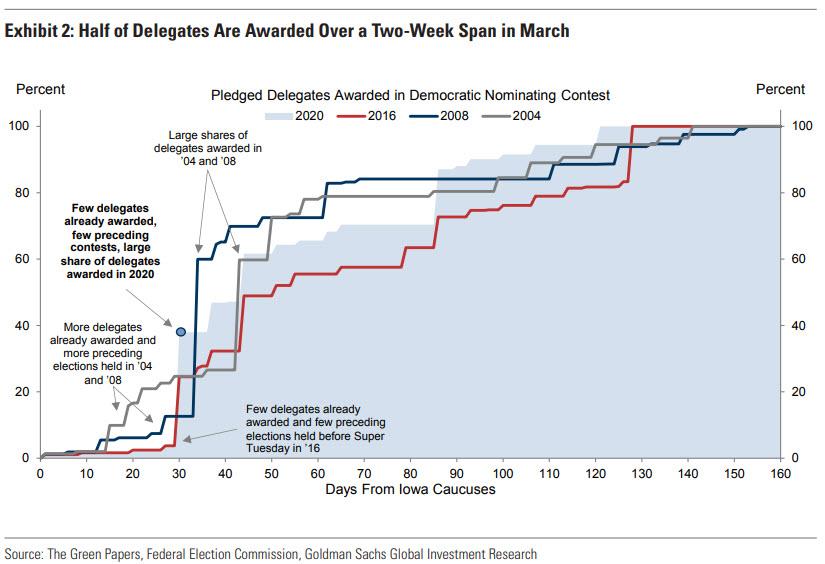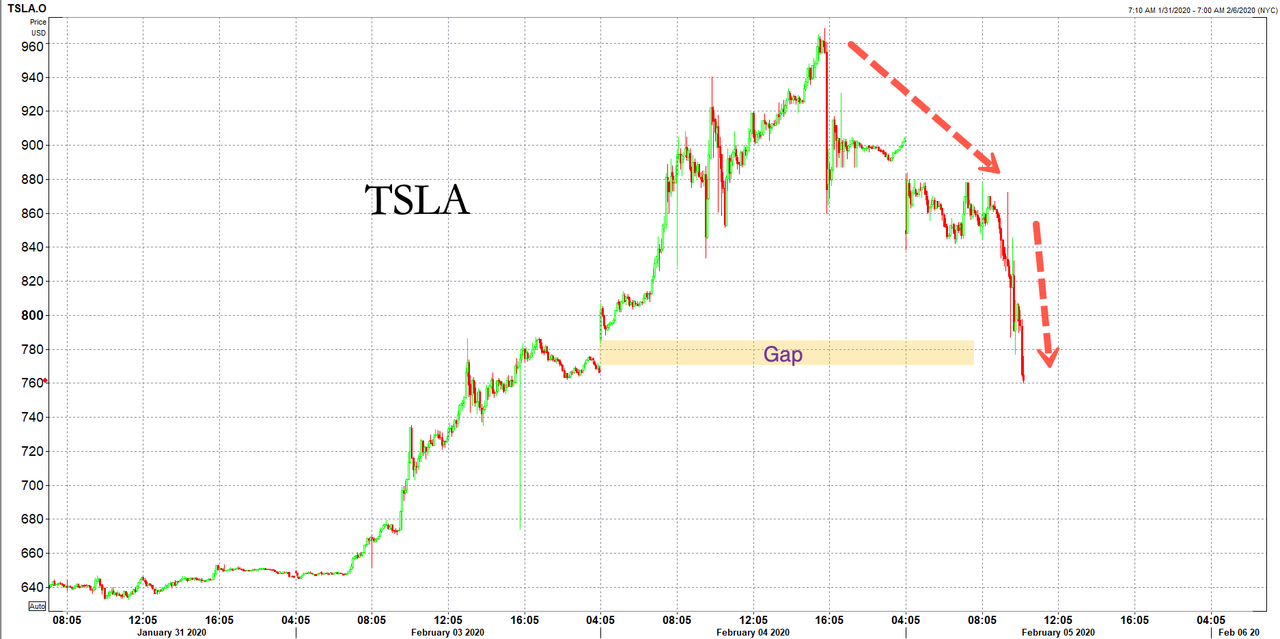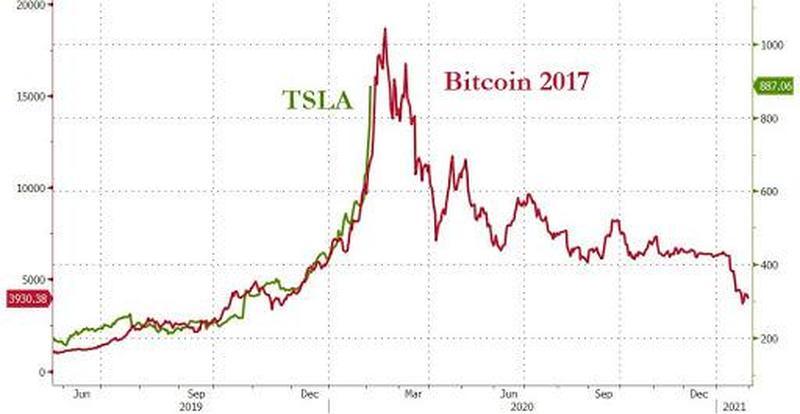“As a freelancer, I have the flexibility to do work while I’m at school, or do work late at night, or, you know, not work that week because I’m busy,” Kassy Dillon, a journalist and graduate student at Pepperdine University, told Reason in late 2019.
On January 1, 2020, earning that extra cash got a lot more difficult. California Assembly Bill 5 was designed to constrain the growth of the so-called gig economy, based on the theory that companies like Uber, Lyft, and Postmates are taking advantage of contract labor.
Dozens of professions, including many jobs in health care, commercial fishing, grant writing, hair styling, and the fine arts, are exempt from the law. Journalists were allotted a partial exemption of 35 submissions per year per client, which was negotiated by the bill’s author, California Assemblywoman Lorena Gonzalez (D–80th District).
“Was it a little arbitrary,” Gonzalez told the The Hollywood Reporter regarding how she came up with that number, “Yeah. Writing bills with numbers like that are a little bit arbitrary.” (Gonzalez declined Reason’s interview request.)
Vox, which had hailed the new law as a “victory for workers everywhere,” announced in December that it will be ending contracts with more than 200 freelancers who lived in or covered California. Those 200 freelance contracts will be replaced with 20 part-time or full-time staff positions.
“This is a really unusual position for people in creative fields like freelance journalism to be in,” says Randy Dotinga, a San Diego-based freelance journalist and the former president of the American Society of Journalists and Authors. “By nature, most of us are liberal, progressive Democrats. We’re also pro-union for the most part. And here we are saying this goes too far.”
Journalists “might write on a blog post in 20 minutes and they might write dozens of blog posts every month or every year,” says Dotinga. “A lot of publications don’t have the resources to put someone like that on staff. So they’re either going to be limited in what they can write or they’re just going to be let go.” The American Society of Journalists and Authors has filed a lawsuit arguing that the bill is unconstitutional.
If regulating freelancers is a good idea, why were there so many vaguely defined exemptions written directly into the text of the law? In the lead-up to its passage, most lip service was paid to the plight of Uber and Lyft drivers.
Veena Dubal, a law professor at the University of California Hastings, thinks that drivers are mis-classified as independent contractors. “If you have such little bargaining power with the folks that you’re consulting with or you’re freelancing for,” says Dubal, “then it’s exploitative.”
Uber and Lyft maintain that drivers have flexible schedules and are therefore correctly classified as independent contractors. And 95 percent of California’s Uber and Lyft drivers say that the job’s flexibility is “extremely” or “very” important to them.
Coral Itzcalli, a spokesperson for Mobile Workers Alliance, which is trying to unionize the industry, says that Uber and Lyft “are paying workers very little wages. You’re looking at workers driving 14, 16 hours a day. There’s no flexibility in that.”
But California Lyft drivers spend an average of 3 hours per week on the app. And according to a 2019 study commissioned by Lyft, the company will likely have to end its arrangements with around 250,000 drivers, and the part-timers, who make up the majority, would be the first to go.
“For us,” says Itzcalli, “this is about focusing on ensuring that jobs are good jobs. If we have one or 100 jobs that are paying less than minimum wage, there is absolutely no benefit. I [would] rather have 50 good jobs than a 100 bad paying jobs.”
But who gets to make that choice? The labor movement or the freelancers taking those jobs?
“I hope that there’s some way that the labor movement can look at freelancers of all types, and say this is a valid, honorable profession,” says Randy Dotinga. “We are workers too. And many of us choose this field. We are not exploited. We don’t exploit others. We’re not scabs. We’re small businesses and we deserve to be treated that way.”
Produced by John Osterhoudt. Camera by Osterhoudt, Zach Weissmueller, and James Marsh.
Photo credit: Vito Di Stefano/ZUMA Press/Newscom; Hayne Palmour Iv/ZUMA Press/Newscom; Earnie Grafton/ZUMApress/Newscom; Charlie Neuman/ZUMAPRESS/Newscom; Charlie Neuman/ZUMA Press/Newscom; KM2/Ken McCoy / WENN/Newscom; Andre Jenny Stock Connection Worldwide/Newscom; Chuck Myers/ZUMA Press/Newscom; ID 42987615 © trekandshoot | Dreamstime.com; ID 169721027 © Andrei Gabriel Stanescu | Dreamstime.com
from Latest – Reason.com https://ift.tt/2v6Kcox
via IFTTT

